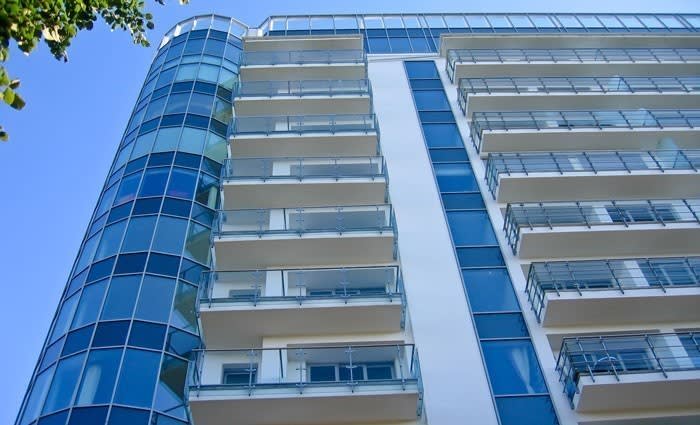Multi-unit apartment approvals show sharp decline in May: HIA
Building approvals for May showed a decline in the number of new home approvals this year, with the multi-unit sector falling sharply, latest data from the Australian Bureau of Statistics showed.
Approvals for construction of new homes fell by 5.6 per cent in May, despite recording positive growth in April 2017.
Total dwelling approvals fell to 16,448 in May, well below the peak of more than 21,000 recorded for two consecutive months in July and August 2016.
“The downward trend for new home approvals has now been locked in for about six months,” said Tim Reardon, principal economist for the Housing Industry Association.
“This downward trend confirms our forecasts for a slowing in new residential building projects through 2017,” stated Tim Reardon.
“This latest result firms a downward trend in dwelling approvals which began to emerge around mid-2016, with dwelling approvals over the year down by 31.3 per cent,” Matthew Pollock, national manager-Economics and Housing, of Master Builders Australia said.
However, new house starts increased by 1 per cent in May but were still 6.9 per cent lower than the same month last year.
“It is the multi-unit sector of the industry that has slowed more quickly than detached homes. During the three months to May 2017, multi-unit approvals fell by 27.8 per cent when compared with the same period in 2016,” said Reardon.
He noted that the slowdown in multi-units was off the back of the super-cycle of apartments that started in 2015.
“The amount of work that is still under construction means that the residential building industry will continue to operate at high levels well into 2018,” he said.
“This slowdown is in stark contrast to the growing demands of first home buyers and the need to promote an increase in housing supply.”
Across the states: Tasmania is the only state with a growth in approvals compared to the same quarter in 2016, up 6.9 per cent. New South Wales (down 22.4 per cent); Victoria (down 11.6 per cent); Queensland (down 21.6 per cent); Western Australia (down 18.4 per cent); the Northern Territory (down 51.3 per cent) and the ACT (down 36.2).
“South Australian approvals are just 6.1 per cent below the same levels in 2016 due to the large number of multi-unit apartments getting the green light,” Reardon said.
However, auction clearance rates remain high in Sydney and Melbourne while rents are still growing, “suggesting there are still pockets of high demand and low supply,” Pollock of MBA added.
He said government estimates indicate a housing shortage in Australia of around 100,000 homes.
“There is a concern that if the current weakness in approvals turns into very low new housing commencements, then we could see supply constraints once again push up house prices,” Matthew Pollock said.
“Recent work by Master Builders shows the government’s housing affordability measures, as announced in the May Budget, could support the construction of up to an additional 100,000 new homes over the next four years. As such we urge the Parliament to pass these measures in full to support housing affordability and keep homeownership within reach of ordinary Australians,” Pollock said.
ANZ Research confirmed the view, saying in spite of house prices posting a solid rise in June, “the fundamentals point toward softer price growth through the second half of the year”.
ANZ reiterated its previous view that building approvals could fall a further 5-10% in the current cycle.

“In fact, with monthly trend approvals now at the lowest level in three years, it is possible that we are getting close to the end of the most significant declines, although further falls are still likely over the near term.”
